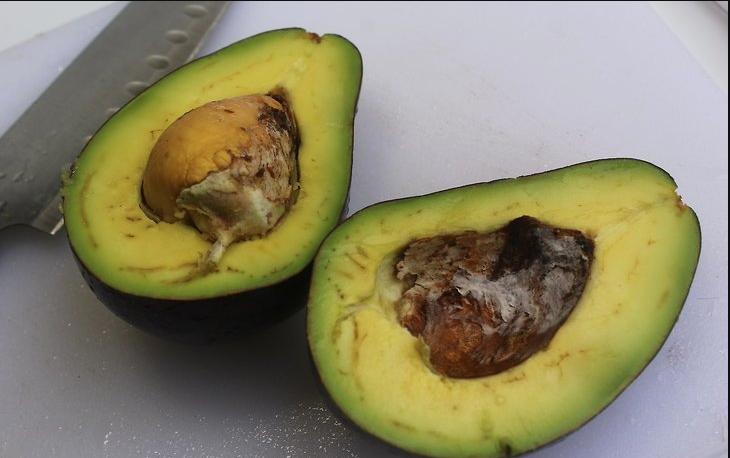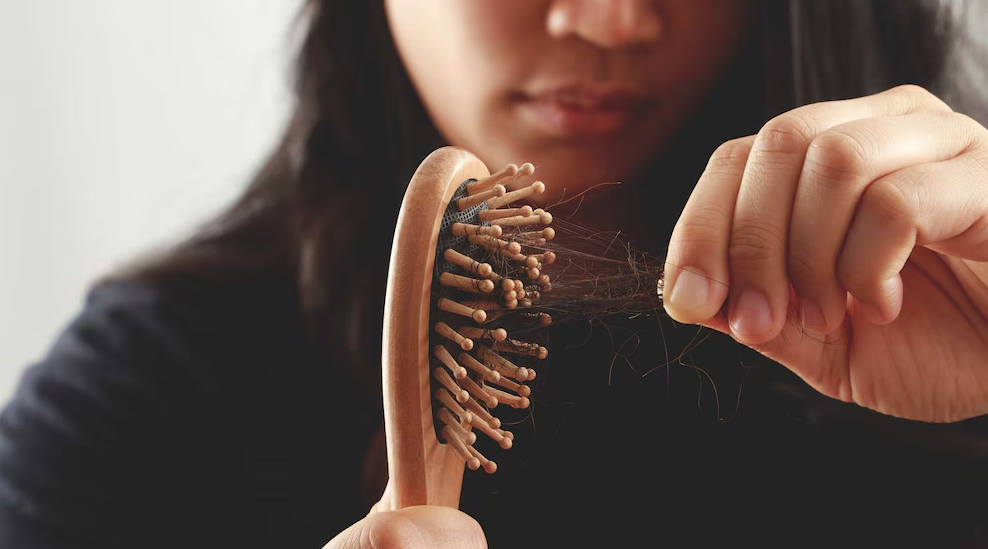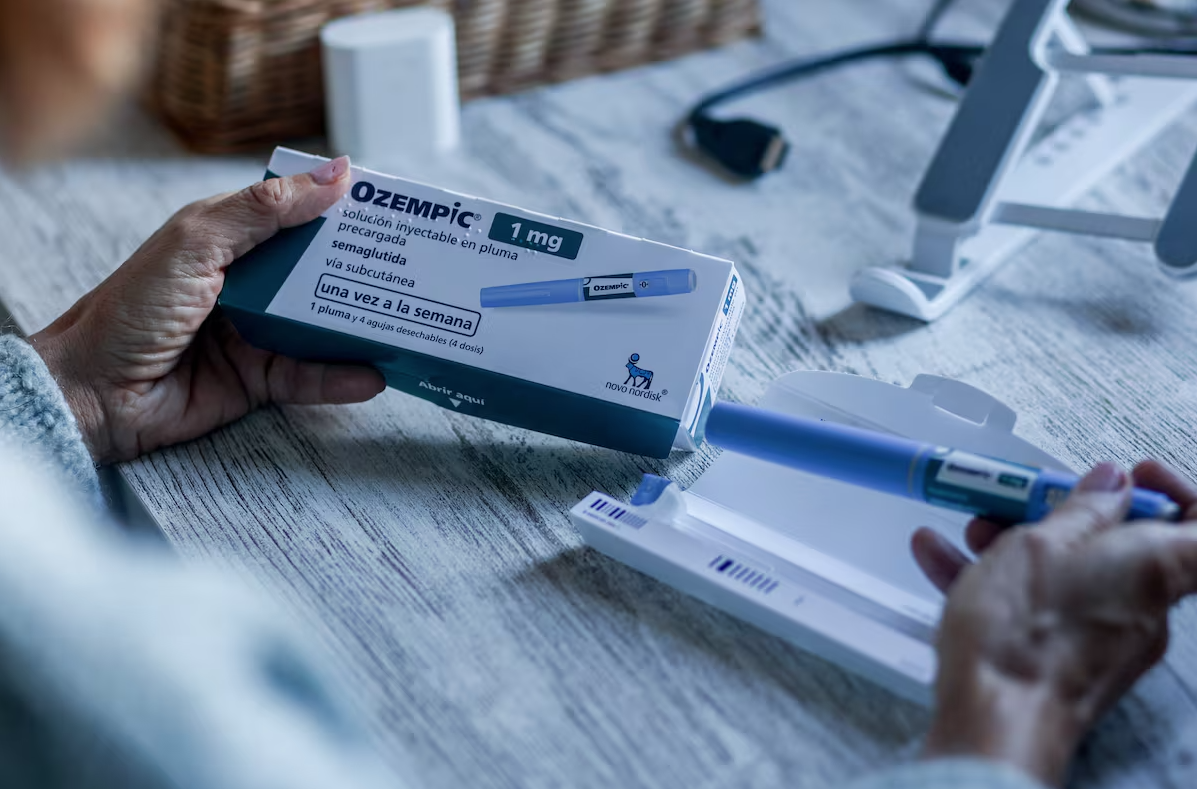Learn the top 10 ways to tell your avocado has gone bad. This guide covers visual signs, smell, texture, and health risks associated with spoiled avocados.
Why It’s Important to Spot a Bad Avocado
Avocados are nutrient-rich superfoods packed with healthy fats, fiber, and essential vitamins. But just like any perishable fruit, they have a limited shelf life. Eating a spoiled avocado can lead to unpleasant taste, digestive issues, or even mild food poisoning. Understanding how to tell when your avocado has gone bad is crucial for your health and culinary success.
In this article, we’ll explore the 10 most common signs that your avocado has spoiled, what causes it to deteriorate, how to store avocados properly, and the health implications of eating one that’s gone bad.
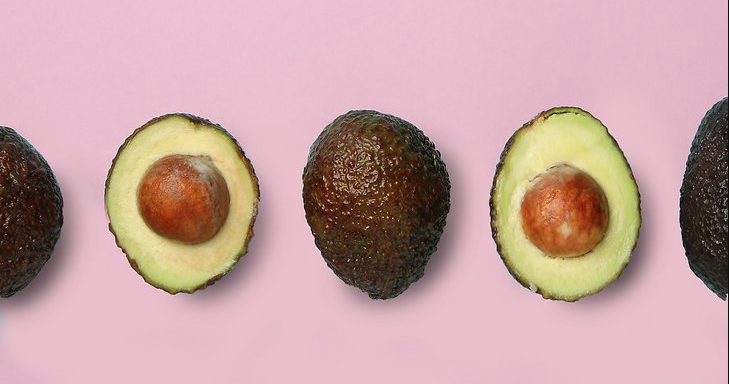
1. Dark, Stringy Flesh Inside the Avocado
One of the most obvious signs of spoilage is when the flesh of the avocado turns dark brown or black and becomes stringy. While some browning can occur due to oxidation, excessively dark or black spots are a clear indication that the fruit is no longer fresh. If the strings are prominent and widespread, discard it.
Health Note: Mold and spoilage at this stage can lead to gastrointestinal discomfort if consumed.
2. A Rancid or Sour Smell
Fresh avocados have a subtle, nutty scent. When they spoil, they emit a sour, rotten, or rancid odor, similar to sour milk or fermented food. This happens due to the breakdown of fats, which oxidize and go rancid.
If your avocado smells off—even before cutting into it—it’s a reliable sign it has gone bad.
3. Mushy or Spongy Texture
Press lightly on an avocado. If it feels excessively soft or spongy, it’s likely overripe. While slightly soft avocados are perfect for guacamole, if it feels like your finger can sink right through the skin, it’s no longer safe to eat.
Storage Tip: Overripe avocados can sometimes be saved by removing the bad parts, but when in doubt, throw it out.
4. Skin That Looks Black or Very Dark
The outer skin of an avocado should be green and gradually darken as it ripens. But if it’s almost black or has a shriveled, sunken appearance, it’s probably gone bad.
Additionally, check for mold or white fuzzy growths on the skin, which indicate fungal spoilage.
5. Large, Soft Indentations or Wrinkling
Avocados naturally soften as they ripen. However, deep indentations or wrinkling across the surface indicate bruising or internal rot. These pressure points are often caused by improper handling or being overripe.
This could also mean the fruit has begun to ferment inside—making it unsafe for consumption.
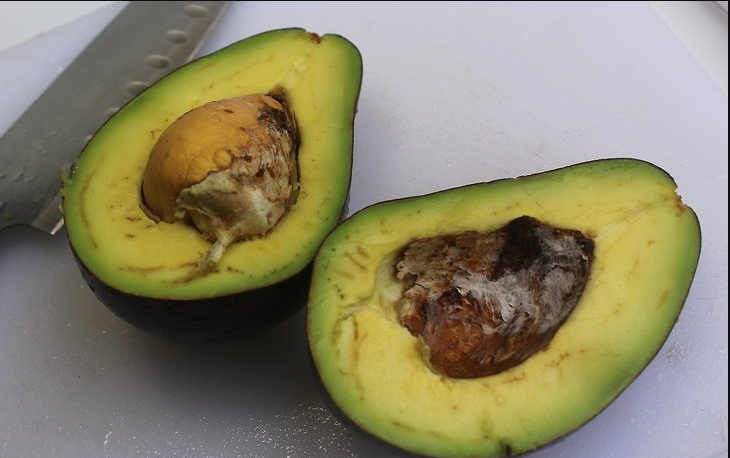
6. Discolored or Oxidized Areas That Don’t Go Away
Some light browning is normal after cutting an avocado, caused by oxidation. But if the discoloration goes deeper into the flesh, or if it spreads across the entire fruit, it’s a sign of advanced spoilage.
Pro Tip: If only a small portion is discolored but the rest of the fruit is fresh and green, you can cut away the bad parts and eat the good ones—if there’s no bad smell or texture.
7. Taste Is Bitter or Off
Taste is the final test. A ripe avocado should taste creamy, nutty, and slightly earthy. If your avocado tastes sour, bitter, or chemically, it’s best to discard it.
Consuming even a small amount of spoiled avocado can cause stomach upset or nausea, especially in sensitive individuals.
8. Presence of Mold on the Flesh or Pit
If you notice white, blue, green, or grey mold growing inside the avocado, especially around the pit, it’s no longer edible. Mold spores can penetrate beyond the surface, making the entire fruit unsafe—even if only a small area seems affected.
Important: Never try to scrape off the mold and eat the rest. Always discard moldy avocados entirely.
9. Liquid Leaking or Slimy Texture
If your avocado starts leaking liquid, feels sticky or slimy, it’s far beyond its prime. This sliminess is due to bacterial decomposition and is a definite sign of spoilage.
This type of breakdown also increases the likelihood of bacterial contamination, which can lead to foodborne illness.
10. It’s Been Sitting Too Long—Past Its Shelf Life
Even if your avocado looks okay, it might still be spoiled if it’s been sitting around too long. Whole avocados generally last:
- 2–3 days once ripe at room temperature
- 5–7 days when stored properly in the refrigerator
If it’s been more than a week and you’re not sure, err on the side of caution and toss it.
Why Do Avocados Spoil So Quickly?
Avocados have a high fat content and enzyme activity that make them particularly sensitive to temperature and air exposure. Once ripe, they continue to degrade rapidly due to oxidation, microbial activity, and cell breakdown.
Common causes of spoilage include:
- Storing at incorrect temperatures
- Not using once ripe
- Leaving cut avocados exposed to air
- Buying damaged or bruised fruits
How to Store Avocados to Prevent Spoilage
Proper storage can significantly extend the life of your avocados:
- Unripe avocados: Store at room temperature away from direct sunlight.
- Ripe avocados: Store in the fridge to slow down the ripening process.
- Cut avocados: Store in an airtight container with lemon or lime juice sprinkled on the surface to prevent browning. Use plastic wrap pressed against the cut surface.
Can You Eat a Slightly Brown Avocado?
Yes, but with caution. If browning is minimal and there’s no bad smell or sliminess, you can cut away the oxidized parts and eat the rest. This discoloration is mostly cosmetic.
However, if there are other signs of spoilage, it’s better to discard it entirely.
Health Risks of Eating a Bad Avocado
While avocados are healthy, spoiled avocados can be harmful. Here are a few risks:
- Foodborne illness from bacteria or mold
- Stomach cramps, nausea, or diarrhea
- Allergic reactions in mold-sensitive individuals
- Increased histamines from fermented or decayed fruit
Always prioritize food safety—especially if you’re serving to children, elderly individuals, or those with compromised immune systems.
Trust Your Senses
Avocados are beloved for their creamy texture and health benefits, but they spoil fast. Use your sight, smell, touch, and taste to assess freshness. When in doubt, toss it out.
By remembering these 10 ways to tell your avocado has gone bad, you can avoid eating spoiled food and protect your health. Avocados may be expensive—but the cost of food poisoning is even higher.
